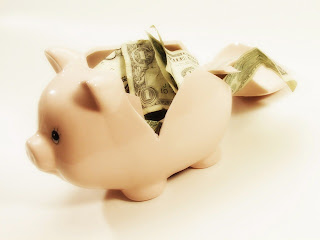- The Chosun Ilbo http://english.chosun.com/ (English and Korean)
This newspaper is a popular one among the online community. It is often cited within certain subjects of controversey and also covers international topics. Its format is much like an American news site and is easy to navigate.
- The Korea Herald http://www.koreaherald.co.kr/ (English)
This is one of the most well-known English language newspapers in Korea. Its language is easy to read and its aesthetically pleasing. The Korea Herald also is affiliated with a langauge academy called "Herald School."
- The Korea Times http://www.koreatimes.co.kr/www/index.asp (English)
This is another of the most read English news sources in Korea. It contains quite a bit of information in many different domains. The Korea Times also has many subjects that are of interest or pertain to English teachers in Korea.
- The Joong Ang Daily http://joongangdaily.joins.com/?cloc=home|gn|jdaily (English and Korean)
The Joong Ang Daily stems from an originally Korean newspaper. It deals with mostly Korean topics and presents topics related to business, commerce and the economy.
- The Seoul Times http://theseoultimes.com/ST/index.html (English)
This newspaper is specific to the city of Seoul and carries news of similar calibur to the Korea Times and Herald. It also includes news happening in the Seoul metropolitain area.
- Yonhap News http://english.yonhapnews.co.kr/ (English)
Yonhap News is another news source unique to Seoul. Its contents focus mainly on things happening within the South Korean peninsula.
*****************************************************************
Here are also some Korean language newspapers for those of you who have the ability to read and understand Korean.
- Donga Ilbo http://www.donga.com/
- Oh My News http://www.ohmynews.com/
- The Korean Economic Daily http://www.hankyung.com/
















